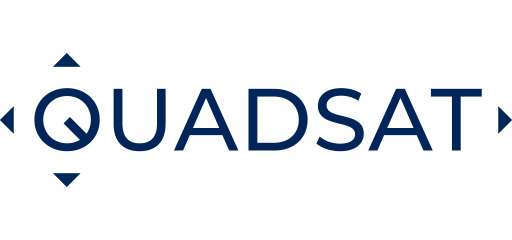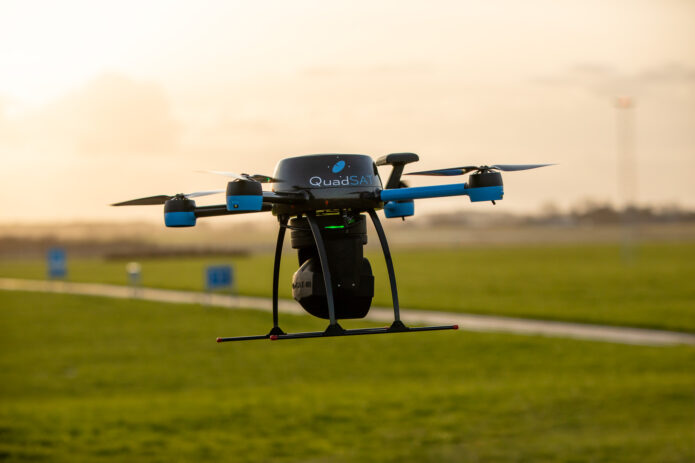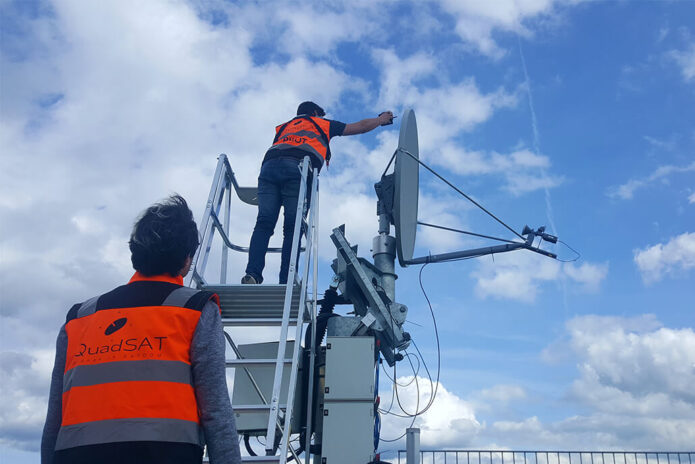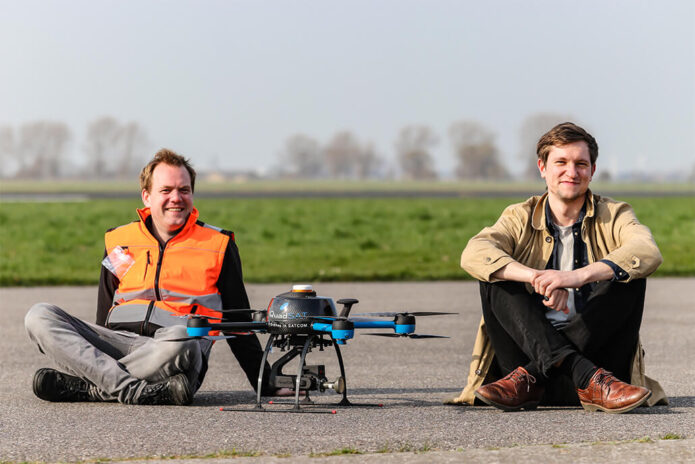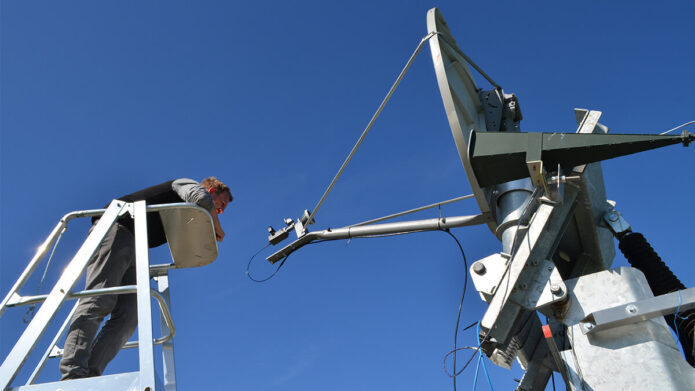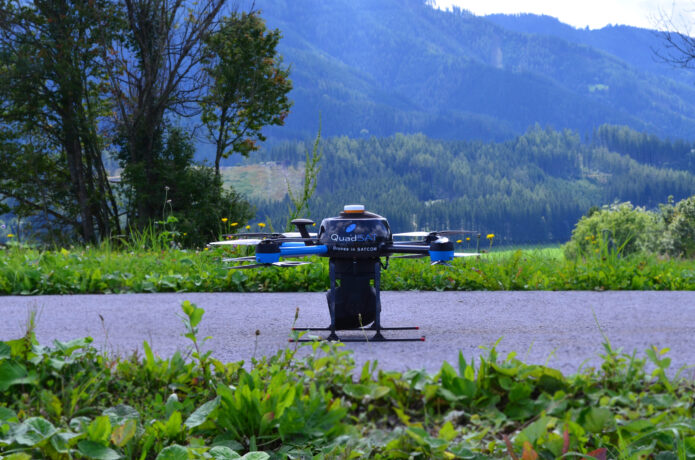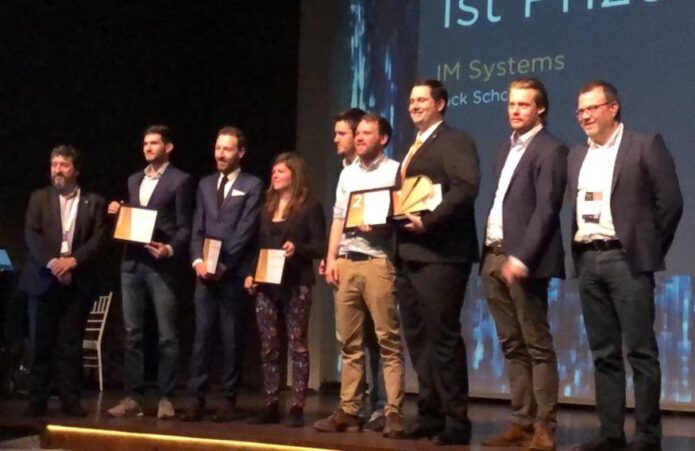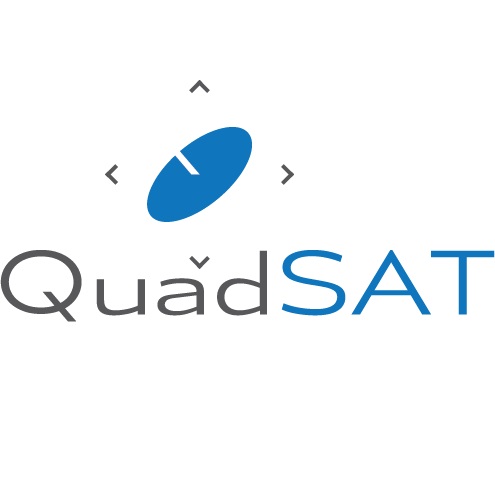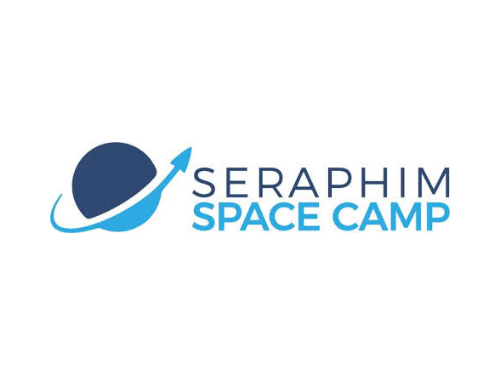Drones in SATCOM Startup Secures Investment to Further Innovation
Odense, Denmark, 16th January 2019 – QuadSAT, the drone-enabled antenna testing company, today announced it has closed its £700,000 seed round investment, led by Vaekstfonden, the Danish Growth Fund, with participation from Seraphim Capital and existing investors.
The investment will enable QuadSAT to bring its innovative drone platform to the satellite communications industry, initially focusing on maritime and aeronautical applications. QuadSAT’s platform uses drone technology to test and calibrate satellite and VSAT antennas autonomously, mimicking an orbiting satellite that can simulate a ship or aircraft’s motion. This method enables highly accurate testing while drastically reducing downtime.
Having started as a University project, QuadSAT is an innovative startup company. Based at Odense Robotics Start Up Hub, a Danish accelerator programme for robotics and drone startups, which provides premises and expert assistance, this investment follows an initial round of investment to establish the company in 2017.
Joakim Espeland, CEO, QuadSAT, commented: “Our technology alleviates a massive pain point for our customers and will ensure high quality communications with minimum interference at a competitive price. We’re thrilled to be backed by our investors, including the team at Seraphim, which brings with it a great deal of sector-expertise as the world’s leading space-tech focused venture capital fund.”
QuadSAT was one of six companies to take part in Mission 1 of Seraphim Space Camp. Seraphim Space Camp is the UK’s first accelerator for space-tech start-ups backed by Seraphim Capital, the world’s first venture capital fund dedicated to SpaceTech. The programme aims to get Seed and Pre-Series A, space-tech companies ‘investment ready’ and to facilitate unique corporate relationships with some of the leading space corporates and agencies.
Of the programme, Joakim said: “Taking part in Seraphim Space Camp was fundamental to us really. Speaking to relevant industry players who were able to validate what we were doing had a big impact on us and our future roadmap.”
Rob Desborough, Seraphim Capital Portfolio Director and Director of Seraphim Space Camp commented: “We are very excited to be partnering with Joakim and the rest of the QuadSAT team. They were incredibly well received by our corporate partners whilst on the Space Camp Accelerator and are first movers in a billion-dollar global market. With stringent industry standards in place, QuadSAT is solving a real challenge for its customers and will provide enormous benefit to the industry.”
About QuadSAT
Founded in March 2017 and has recently set up an office in Harwell, UK, QuadSAT is a Danish company that has developed brand new tools and techniques for testing and calibrating satellite antennas being deployed in high-value maritime and aeronautical markets. Combining the latest drone technology with a simulated satellite payload and mathematical algorithms, QuadSAT simplifies the requirements for satellite antenna testing, qualification and calibration. In addition, the use of QuadSAT’s products reduces vessels and aircraft downtime for such testing procedures, significantly reducing operational expenses.
As well as satellite antenna qualification and calibration, QuadSAT can also be used to identify interference to satellite transmissions with pinpoint accuracy, which is vital to minimize inadvertent or other rogue interference. QuadSAT’s customers include some of the world’s leading satellite operators, satellite antenna manufacturers, VSAT network operators’ maintenance teams and antenna testing facilities.
For more information, please visit: www.quadsat.com
Press contact: helen@radicalmovespr.co.uk
About Seraphim Capital
Seraphim Space is the world’s largest specialist space-tech venture fund. We focus on backing both space and aerial platforms collecting and communicating data from above, in addition to the broader enabling technologies that support the full space-tech ecosystem.
The £70m fund has pioneered a multi-corporate venture fund model, harnessing the collective experience and expertise of leading space industry players including the likes of Airbus, SES and Telespazio to provide start-ups the fund invests in with unparalleled access to and guidance from the top echelons of the space sector.
Our team includes entrepreneurs who have scaled space-tech companies to billions of users and $billion-valued exits, alongside experienced venture capitalists who have collectively invested in more than 200 early and growth-stage companies.
For more information, please visit: www.seraphimcapital.com
Press contact: Spacecamp@fieldhouseassociates.com
About Vækstfonden (Danish Growth Fund)
Vaekstfonden, The Danish Growth Fund is a state investment fund that contributes to the creation of new companies by providing capital and expertise. Since 1992, Vaekstfonden has together with private investors co-financed growth in more than 7,300 Danish companies with a total commitment of more than DKK 22.5 billion. Vaekstfonden invests equity and provides loans and guarantees for small and medium-sized enterprises in collaboration with private partners and Danish financial institutions.
For more information, please visit: www.vf.dk
Press contact: nsl@vf.dk
About Odense Robotics StartUp Hub
Odense Robotics StartUp Hub is an incubator only for hard-ware start-ups run by the world-leading robotic and automation cluster; Odense Robotics in Denmark. The incubator offers robotics- & drone start-ups a fast-track programme from technology and prototyping to financing and commercialization. No ownership interest or membership fee is claimed. On average, each start-up gains access to between €450,000 – €700.000 in funding during the programme. 78% of the startups have commercial success 2 years after completing the acceleration programme.
Press contact: ulebr@udviklingfyn.dk
